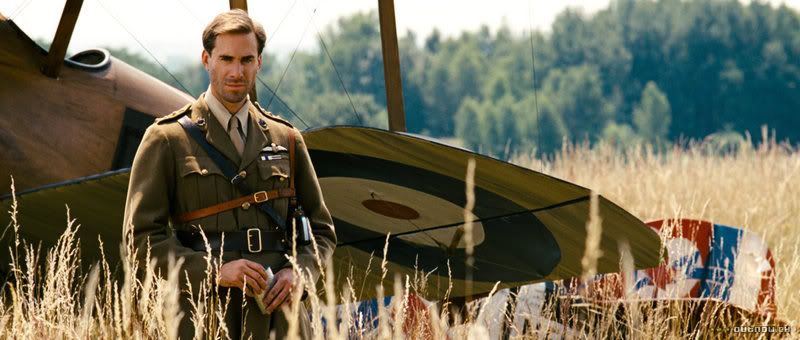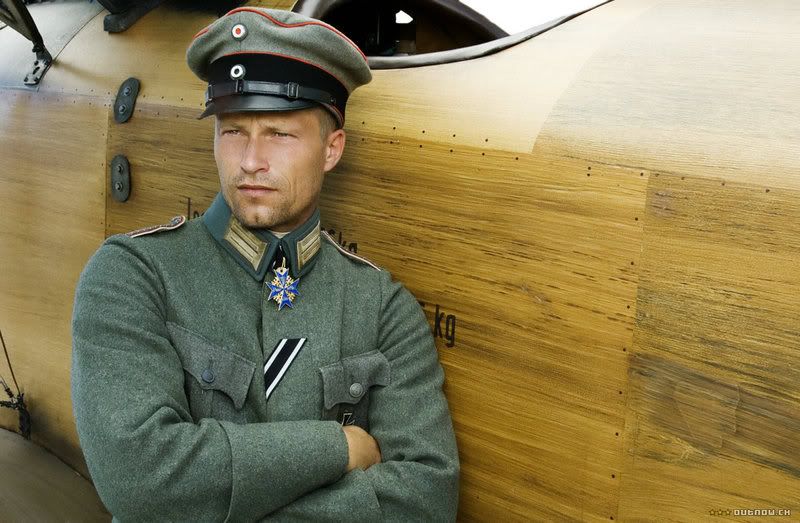Badluck Brody
Practically Family
- Messages
- 577
- Location
- Whitewater WI
Looks like Joseph fiennes from Enemy at the Gate will play Roy Brown (the reputed pilot who brought down the Red Barron)... Check it out.
http://www.redbaron-themovie.com/index_en.html
http://www.redbaron-themovie.com/index_en.html

